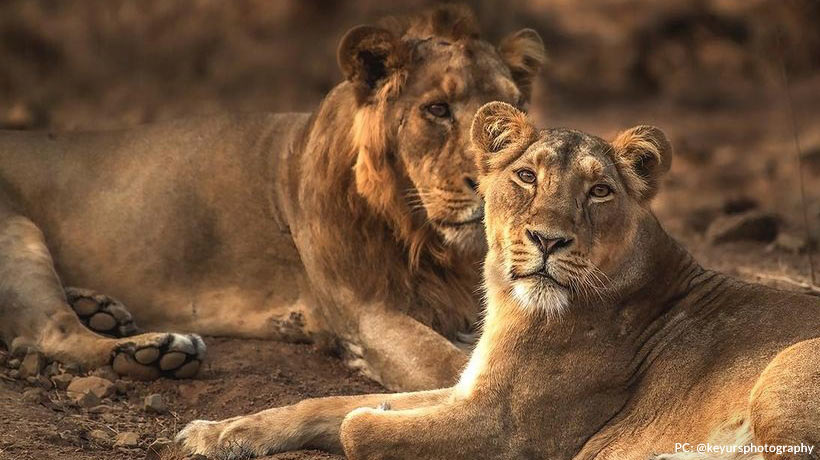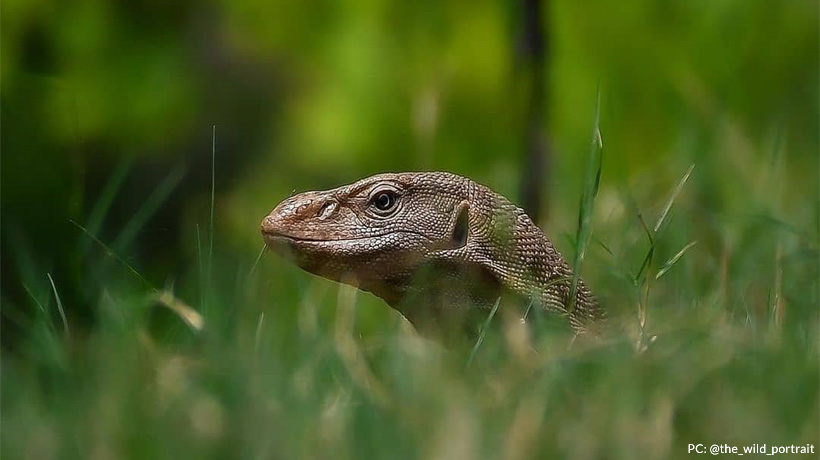What are Nocturnal Animals ?
Nocturnal animals are specialized by their ability of being awake & active at night and sleeping during the day. They have adopted to the nocturnal behavior to hunt, mate, transfer territories, avoid day-heat
and many a times to keep themselves away from any Human interactions and disturbances. These animals have a highly developed sense of hearing, smell, and specially adapted eyesight. Generally, the nocturnal animals’ eyes are heavily loaded with Rods cells which are specialized to have a clear sight in darkness.
India has a diversified Flora and Fauna. Some of the nocturnal species of India are listed below. Scroll on to know them.
CAT FAMILY : Cats are believed to have the best night vision. The Asiatic Lion, Indian Leopard, Desert cat, Jungle cat, Civet cat, Rusty cat, Snow Leopard and Indian Bengal Tiger are among the nocturnal wild Cats of India. They hunt, prowl, mate and sometimes have long walks to investigate and spray mark their territories at night.
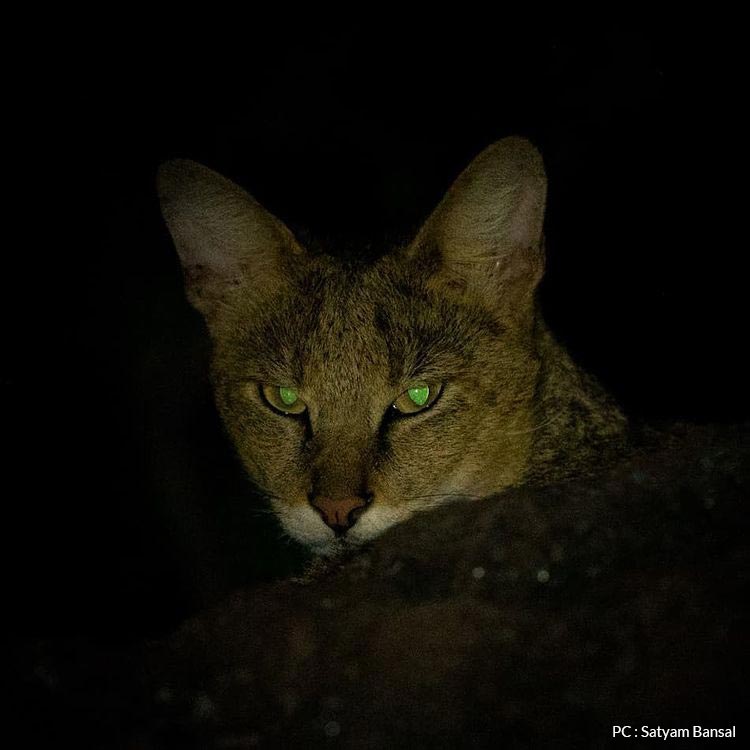
SLOTH BEAR : Listed as vulnerable on the IUCN red list, Sloth bears also come under the Nocturnal Species category. They are the most widespread species of bears in the country among the other 3 bear species of India : Himalayan Brown Bear, Asiatic Black Bear and Sun Bear.
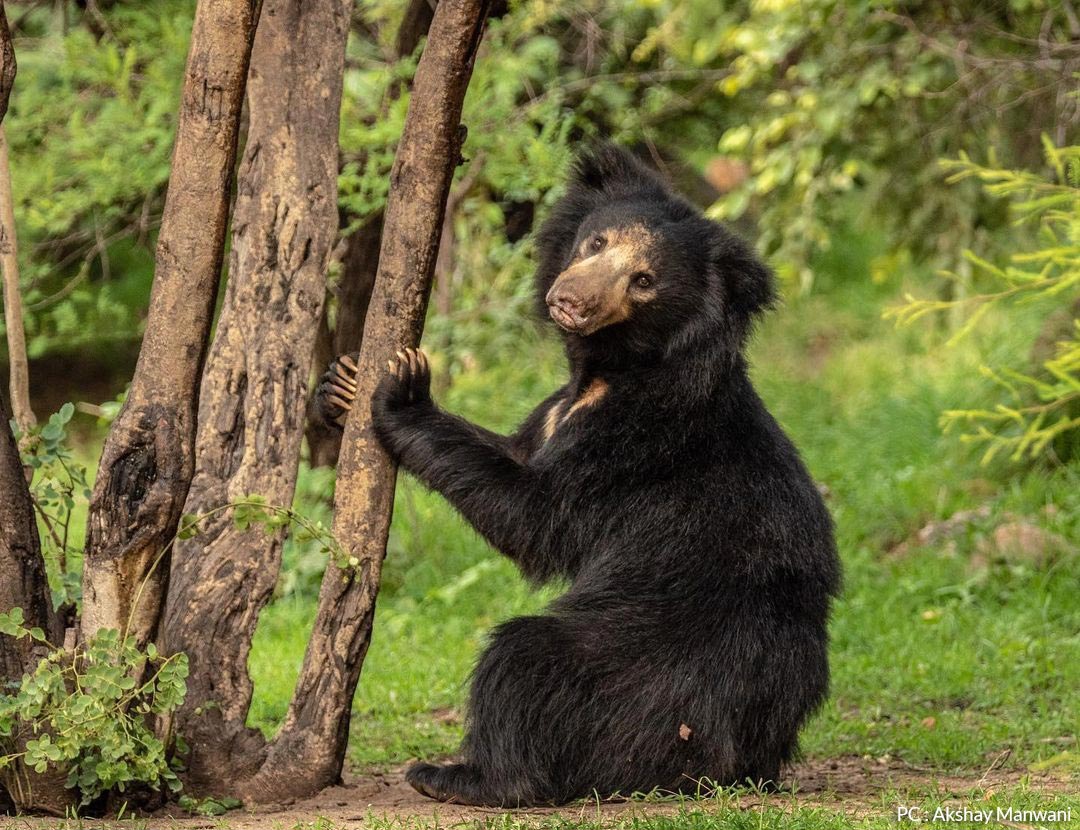
INDIAN STRIPED HYENA : Like other Hyena species, Indian striped Hyenas are also considered as scavengers. Hence, late nights are best for them to scavenge upon the remains of other animals’ kill.
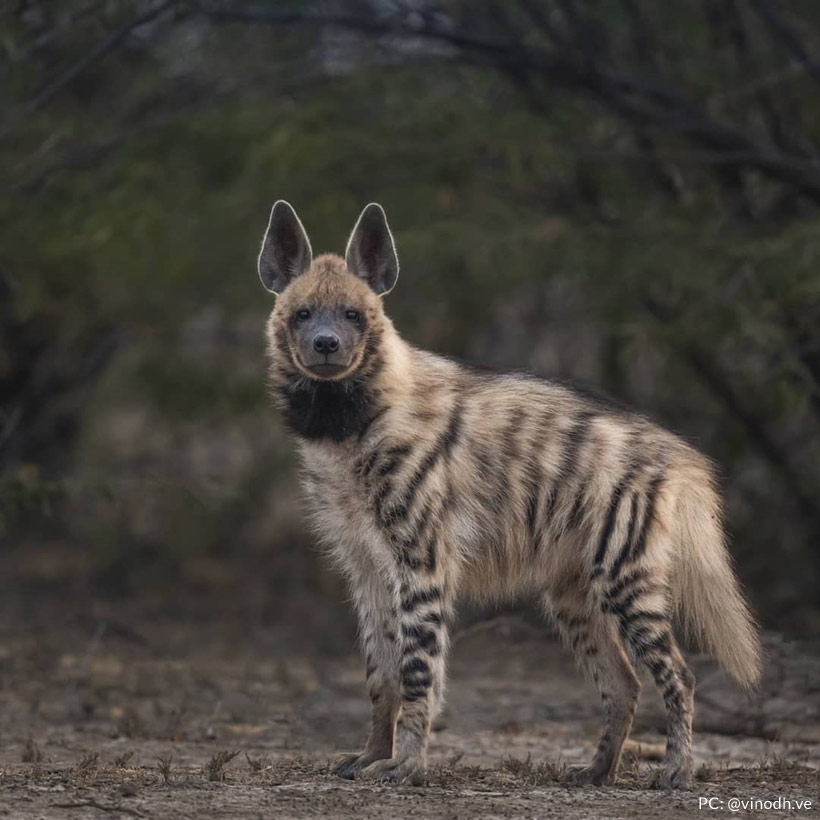
SMALL INDIAN CIVET CAT : Considered to be Nocturnal, Indian Civet Cat is Native and prevalent in South & Southeast Asia. They are found in a widespread range, and therefore categorized as LEAST CONCERNED (LC) on the IUCN red list. They are considered to be insectivorous but they also feed on small rats, birds, snakes and sometimes even carrion. They mostly live in Holes & Burrows under the ground.
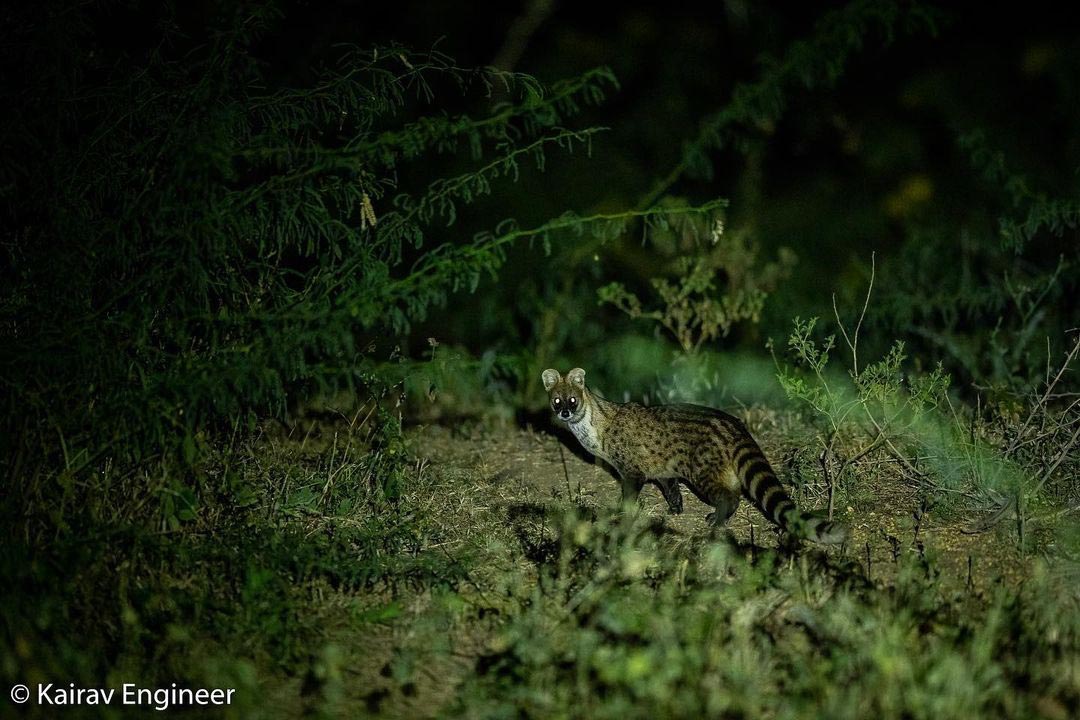
INDIAN PANGOLIN : Indian Pangolin is an insectivore that feeds on ants and termites by digging them out of the soil and logs using it’s claws. It is well adapted to dry, barren and desert regions; but it mostly prefers soft-sandy terrestrial habitat as it is easier for digging burrows. It is known for curling itself into a ball like feature for self defense, when feels threatened. Because of it’s scales; Pangolins are one of the most trafficked mammals of India.

INDIAN CRESTED PORCUPINE : Indian Crested Porcupines are found along the South-west and Central Asia. They are considered to be Nocturnal because Adults and even Juveniles spend around 6-7 hours at night in the search of food. Their diet is mostly herbivorous and includes fruits, vegetables, roots and Tubers; along with insects.
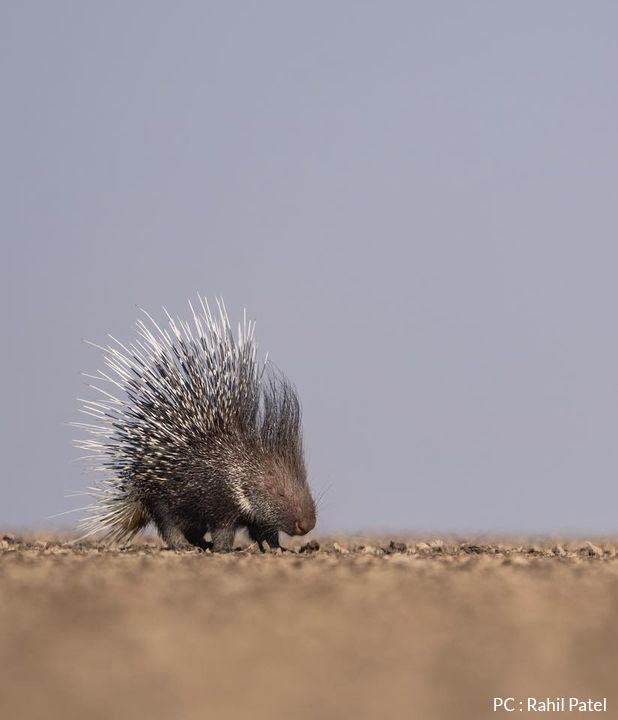
INDIAN GIANT FLYING SQUIRREL : Found in Southeast and South Asia, Indian Giant Flying Squirrel is Nocturnal. It spends most of it’s life on Tree Canopies. They make nests in Tree hollows and gives birth to an offspring that is Blind during June-July. Their diet is mostly Frugivorous including all seasonal fruits and root barks.
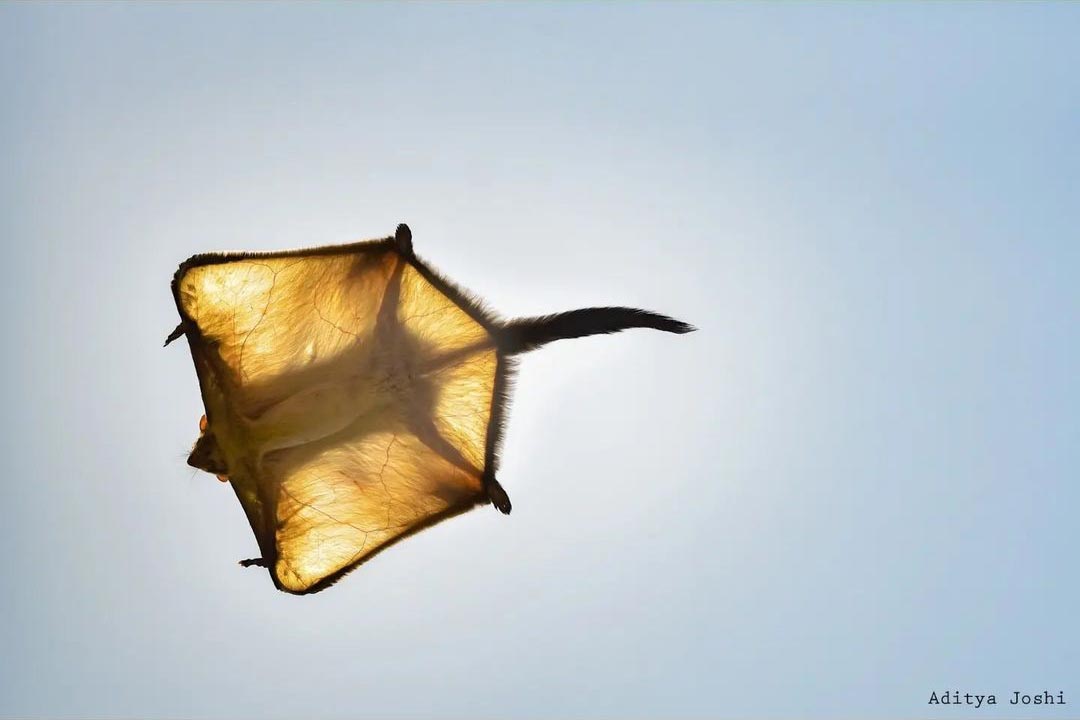
INDIAN HEDGEHOG : The Indian Hedgehog is native to India and Pakistan. It mainly inhabits Sandy desert areas. And hence, it’s range can be found from (Thar Desert) i.e, Gujarat, Rajasthan to a Portion of Pakistan. They are protected under the Schedule IV of Indian Wildlife Protection Act, 1972.
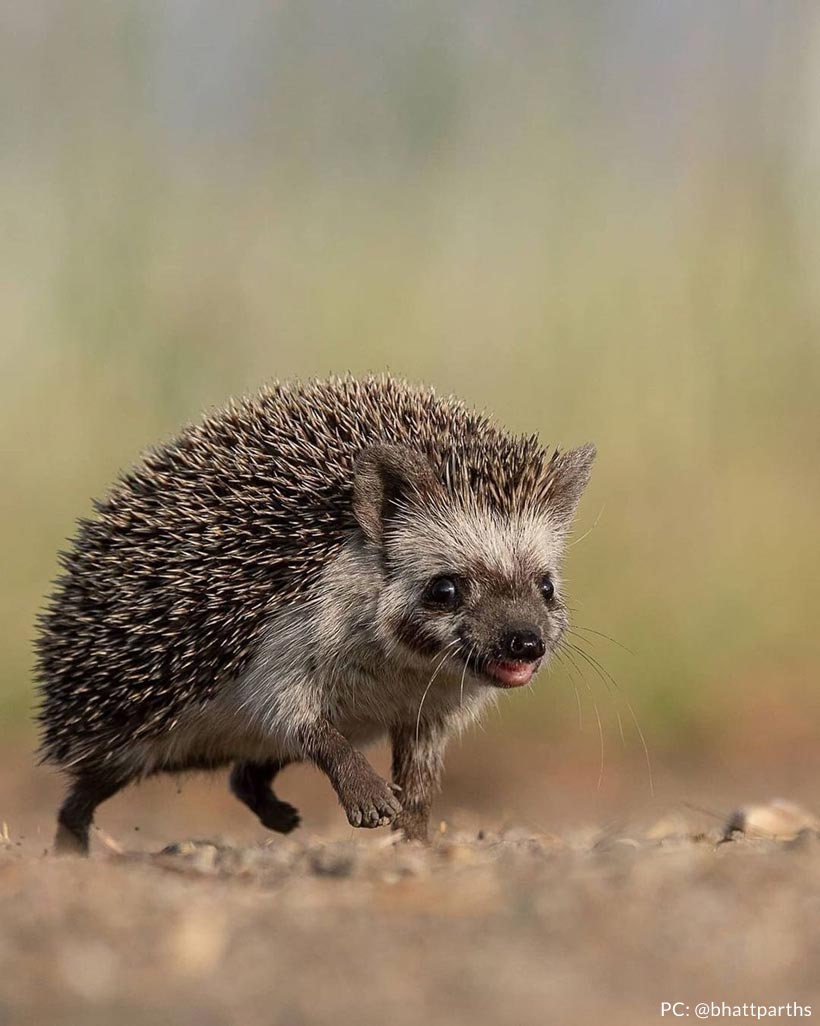
HONEY BADGER : A Honey Badger which is also known as ‘Ratel’ is widely distributed in Africa, Southwest Asia and Indian Peninsula. Because of it’s high occurence in various parts of Africa and Asia, it is listed as LEAST CONCERNED (LC) in IUCN red list. It is primarily Carnivorous and feeds on insects, snakes, rodents, birds, frogs and eggs.
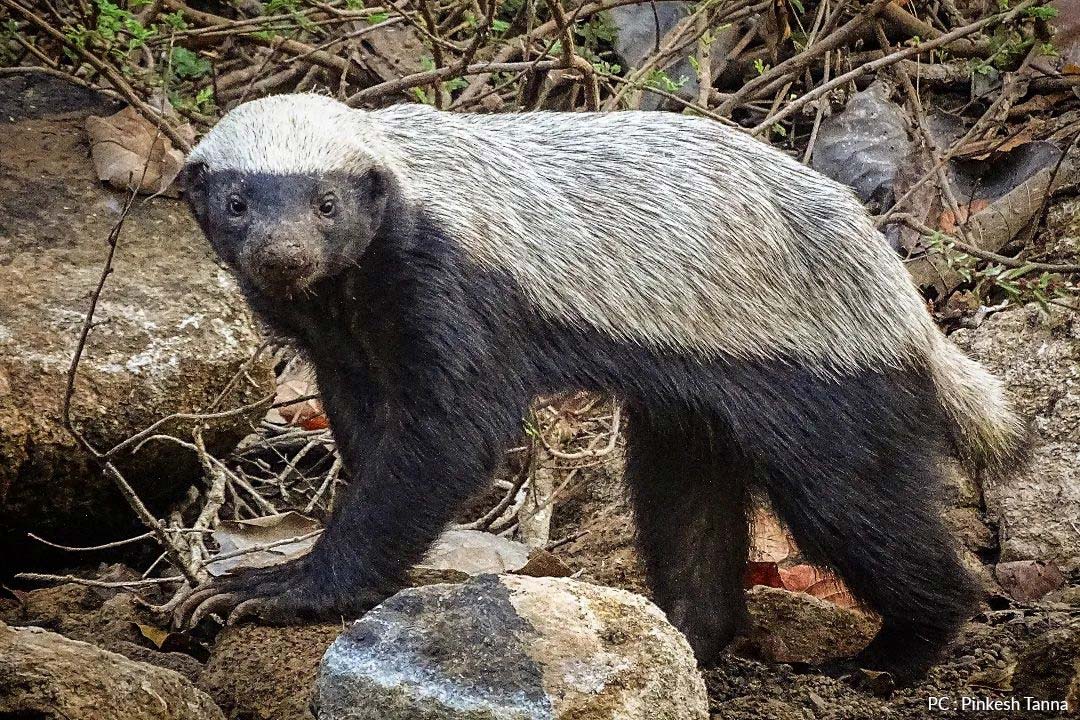
INDIAN WOLVES : One more species that hides and sleeps during the day and hunts from Dusk till Dawn. They live in packs of 6-8 individuals. It is considered as ENDANGERED SPECIES by IUCN and is listed in Schedule I of Wildlife, Protection Act, 1972.
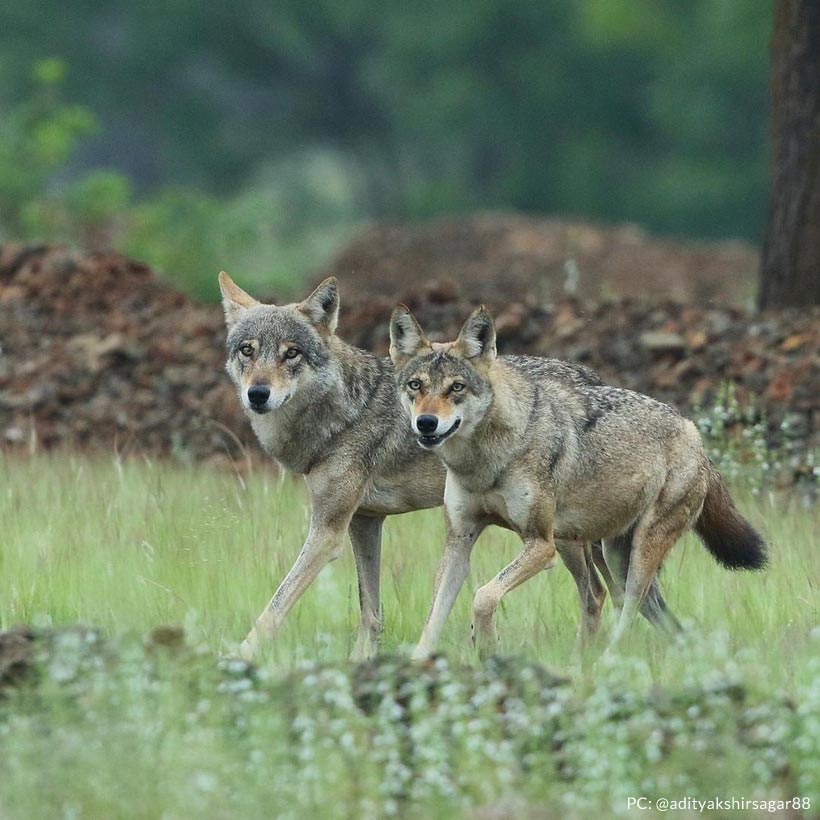
OWL AND BATS : The most popular species bearing Nocturnal behavior are Owls and Bats. A late night awaker is often said to be a ‘NIGHT OWL’. They have adapted this Behavior to such an extent, that their physical traits have also evolved through these years. For example, Owl eyes are so big that they cannot move fluently in the eye-socket.
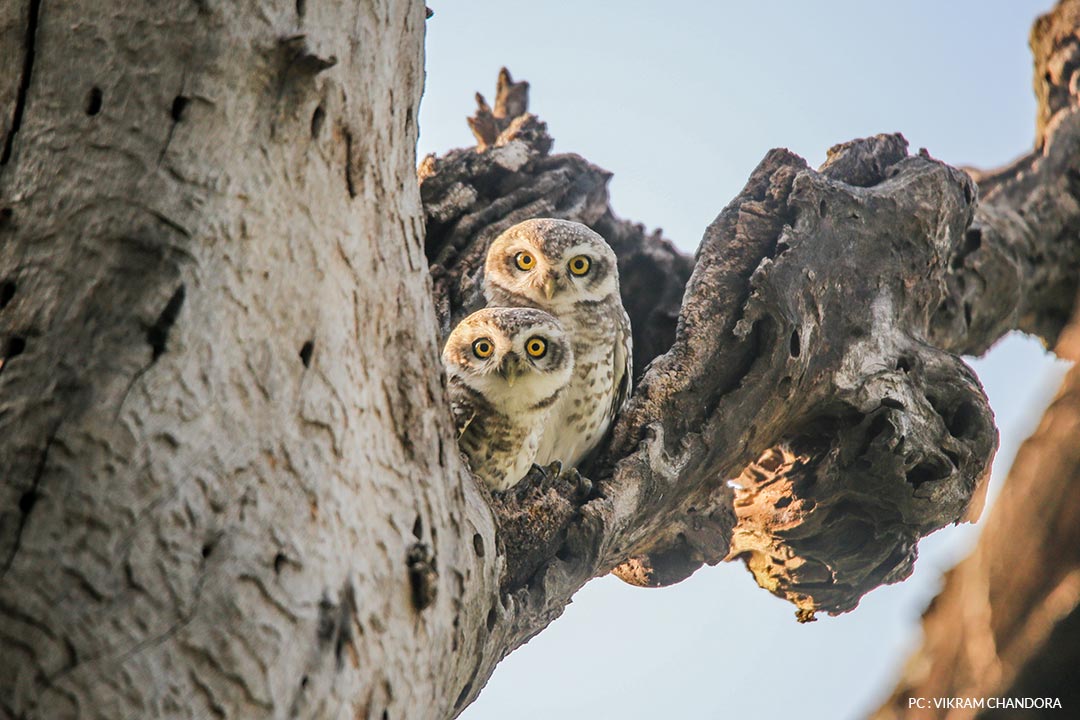
Do You Know ?
There are some Nocturnal Birds too !
Some nocturnal birds of India are listed Below.
● Owls
● Frogmouth
● Indian Nightjar
● Jungle Nightjar
● Night Herons
We learn something new everyday. Right?

